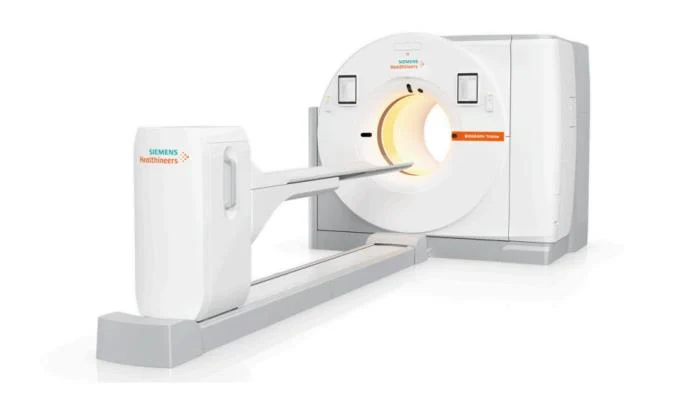What’s New in PET/CT
Tumor SUVs on 18F-FDG PET/CT and Aggressive Pathological Features in Esophageal Squamous Cell Carcinoma.
PET/CT Updates, Research & Education
February 2020
Purpose
Considerable discrepancies are observed between clinical staging and pathological staging after surgical resection in patients with esophageal squamous cell carcinoma (ESCC). In this study, we examined the relationships between tumor SUVs on FDG PET/CT and aggressive pathological features in resected ESCC patients.
Methods
A total of 220 patients with surgically resected clinical stage I-II ESCC without neoadjuvant treatment were retrospectively analyzed. SUVmax of the primary tumor was measured on pretreatment FDG PET/CT. Pathological features included depth of tumor invasion, lymph
node metastasis, tumor differentiation, lymphatic vessel tumor embolus, perineural invasion, Ki-67 index, and p53 protein expression. Receiver operating characteristic curve analysis was used to determine an optimal cutoff of SUVmax to predict pathologically advanced disease. Differences in pathological features associated with SUVmax were examined by t test or χ test.
Results
The number of patients upstaged from clinical stage I-II to pathological stage III-IV was 43 (19.5%). Receiver operating characteristic curve analysis showed that the optimal cutoff SUVmax of 4.0 had good performance for predicting locally advanced disease (area under the receiver operating characteristic curve = 0.844, P < 0.001). Higher tumor SUVmax was significantly associated with advanced depth of tumor invasion (deeper than submucosa, P < 0.001), positive lymph node metastasis (P < 0.001), presence of lymphatic vessel tumor embolus (P < 0.001), presence of perineural invasion (P < 0.001), higher Ki-67 index (P = 0.025), and poor tumor differentiation (P = 0.039).
Conclusion
SUVmax measured on pretreatment FDG PET/CT is significantly associated with aggressive pathological features and may help clinicians identify patients at risk of advanced disease.
Source: Clin Nucl Med. 2020 Mar;45(3):e128-e133. doi: 10.1097/RLU.0000000000002926.
< https://www.ncbi.nlm.nih.gov/pubmed/31977480 > Retrieved 10 February 2020.

February Screening and Early Detection Awareness
- Recognizing possible warning signs of cancer and taking prompt action increases the chances of detecting certain cancers early, when they might be easier to treat
- Increased awareness of possible warning signs of cancer, among physicians, nurses and other health care providers as well as among the general public, can have a great impact on the disease
Connect with Us
Get additional information and stay up-to-date with the latest news by connecting with us on social media.



